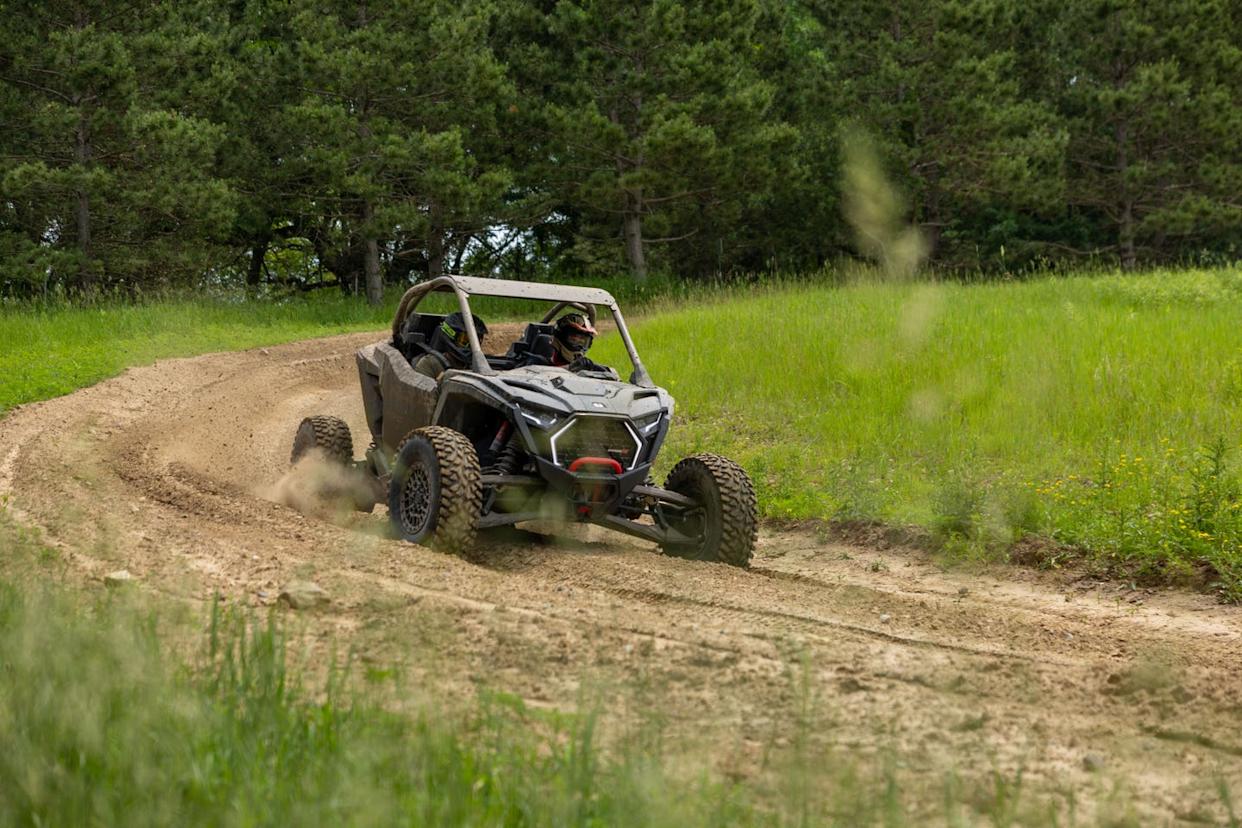
Rounding the bend for the final time outside of Polaris's Wyoming, Minnesota, facility, I was already thoroughly impressed with the new RZR Pro R Factory's pace. The company's test track wasn't suited to a prepped point-to-point desert-racing machine, being covered in midsummer midwestern mud. Regardless, Polaris's director of off-road racing Alex Scheuerell kept his foot buried as we slid sideways until a flick of his wrists shifted our travel toward a collection of concrete hedgehogs, which grew in apparent height as we approached.
"This is going to result in a chiropractor visit," I thought to myself as we hit the obstacles at near-highway speeds. But it became immediately clear why these Polaris vehicles keep winning races. No medical intervention was required.
Polaris invited Road & Track out to its production facilities in the North Star State to get a peek at the SCORE-ready RZR Pro R Factory, as well as to take a spin in the updated production model on which it is based. Having used a lightly prepped Pro R during a Baja 1000 pre-running experience back in 2023, I was eager to see exactly how Polaris managed to create such a dominant Pro UTV Open racer from the off-the-shelf wheeler.

The 2025 Polaris RZR Pro R is already a serious bit of kit. The base package is centered around the brand's 4130 chromoly-steel and high-strength-steel tube chassis. Behind the rear axle sits a 2.0-liter four-cylinder designed and built in-house, which the RZR Pro R shares with the roadgoing Slingshot. The ProStar engine is plenty characterful, producing 225 hp on its way to an 8500-rpm redline in RZR spec. There are fewer raucous four-cylinders around these days, and this naturally aspirated screamer is one of my favorites.
Polaris remains steadfast in its dedication to the CVT, which admittedly is well-tuned and intuitive in this application. That said, I think the package would be greatly elevated with a set of gears backing the engine. Polaris is so confident in the CVT, however, that it uses the same hardware in the Pro R Factory, except for High Output models, which receive a heavier clutch.
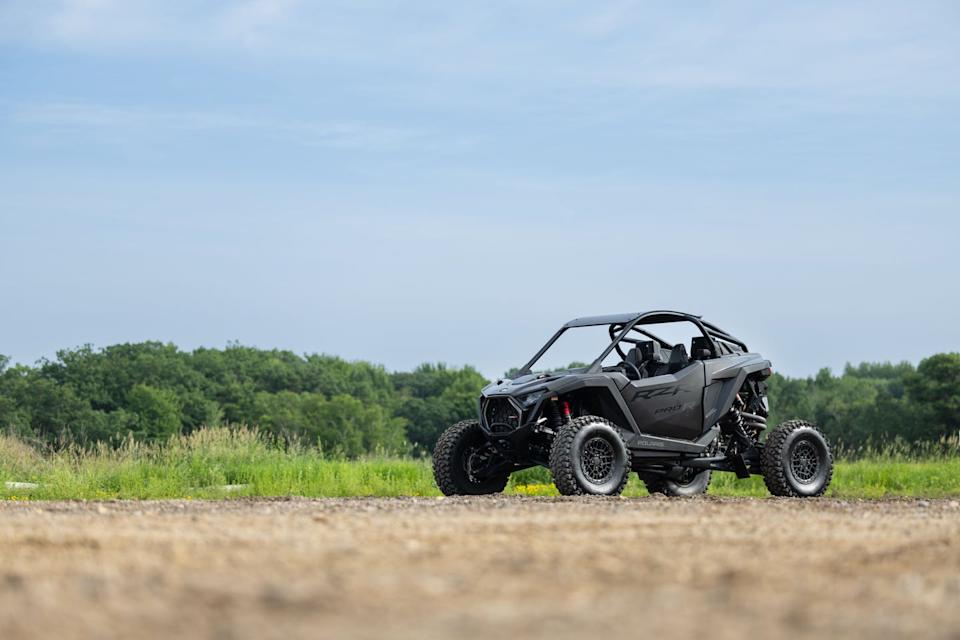
In fact, most of the hardware on the RZR Pro R Factory is shared with the recently updated series production SxS. The chassis itself is almost identical, though Technique Inc. provides painted, one-piece units to Polaris to meet series regulations. The engines in the racers don't need to comply with emissions regs, allowing for a bit more power and a free-flowing, better-sounding exhaust.
High Output models produce 255 hp and feature a unique valve cover. Both the front and rear drive units are direct pulls from the standard Pro R, as are the lower control arms, trailing arms, front and rear knuckles, wheel bearings, and steering rack. The shocks are even the same 2.5-inch Walker Evans units up front, with 3.0-inch units in the rear. The semi-active suspension is admittedly tuned differently than the stock setup and does come with additional cooling capacity for extended time under high loads.

The Pro R Factory also gets some unique goodies, including carbon-fiber body panels, a massive 34-gallon fuel tank, Alcon brakes, bespoke bumpers front and rear with more clearance, a spare-tire carrier, and an extensive lighting suite. The truck also gets full race electronics and safety upgrades, including Sparco seats, belts, and steering wheel, as well as a fire-suppression system. Additional tweaks include a carbon-fiber driveshaft, a built-in toolbox, and window nets. The entire package is hand assembled at Polaris's Roseau facility, which is also responsible for the brand's contracted builds for the Department of Defense.
Before taking a ride-along in the race machine, Polaris turned me loose on the test track in the updated RZR Pro R. This was largely the same as the RZR I took through Mexico, with a new face dominated by the 'fang-style' LEDs. Polaris has also ramped up the interior with the refresh, bringing reworked half doors, improved seats with built-in air vents, and an upgraded (and loud) audio system with the Ultimate trim. It's a nicer place to spend time than before, especially thanks to the welcome addition of the butt chillers.

There's something delightful about the Pro R's rear-engine dynamics, especially when paired with the hard-clawing front axle. Trust that the buggy will stay upright under an aggressive turn-in, and the Pro R does its best to find grip. That rearward mass bias means you can get back to the power early, allowing for progressive and controllable slides. Steering is as direct as I wanted in something meant to travel at such serious speeds, helped by a curb weight of around 2500 pounds.
Despite riding on squishy off-road rubber, plenty of surface information found its way back to the driver through hands on the wheel and tailbone telemetry. Having well over a foot of suspension travel also allowed for some ridiculous line selection over obstacles. That said, there are still some drawbacks that come with the territory in any side-by-side. Hit a water obstacle at insufficient speed, and you end up with several gallons in your lap. Noise also gets grating over long periods of time; if I were heading on a long adventure, I'd be using ear protection. A side-by-side remains more akin to riding than driving, which may not be everybody's cup of tea.
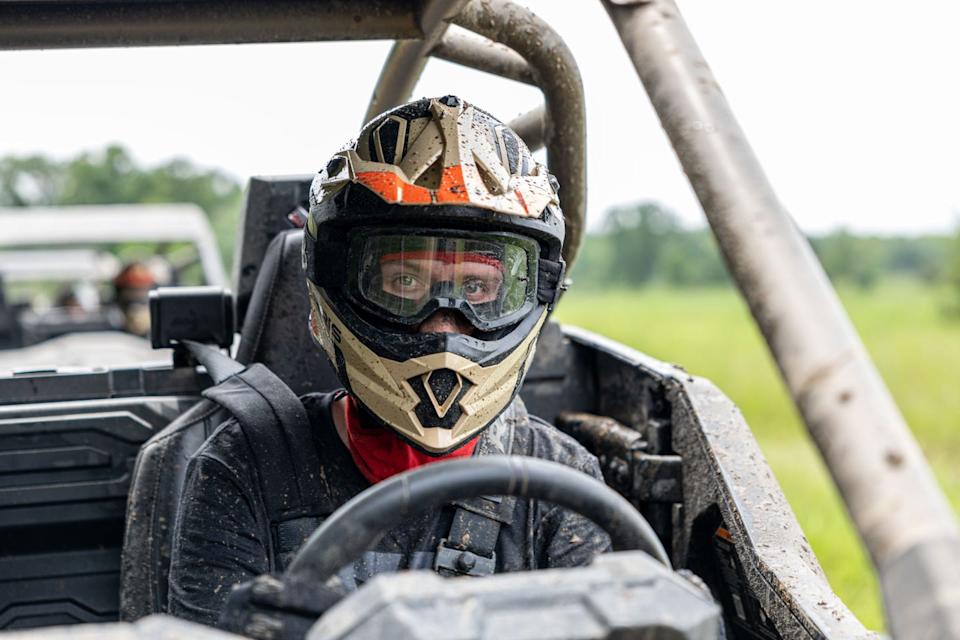
The test track's slick surface continued to degrade as my familiarity with the layout increased, chopping away some of the braking performance displayed early on. Regardless, I still managed to pick up pace throughout the day. The Pro R urges you to keep that pedal down and try trickier lines. It makes you think you could be the next Brock Heger.
The Polaris RZR Factory Racing team driver has absolutely dominated SCORE racing with his Pro R Factory build, scoring seven consecutive class victories thus far this season. That includes a third consecutive win for Heger at the Baja 500, where Polaris managed a one-two-three finish. While Heger's racer is undeniably a more intense machine, the fundamentals of it can all be found in the Pro R at your local showroom. The Factory is more capable than its production counterpart, but it isn't an entirely different experience. That's something that Polaris customers should get excited about.

Polaris plans to build the Pro R Factory in limited numbers: Only 30 units are slated for construction this year. Production will ramp up slightly, but the brand wants to maintain the exclusivity for its racing customers. The price should already help with that, as the Pro R Factory starts at around $140,000. While that's fairly reasonable for a turn-key race car, it only makes my Pro R's as-tested price of $42,999 seem more enticing. You'll be hard-pressed to find a more fun tool in the desert for anywhere close to that.
You Might Also Like
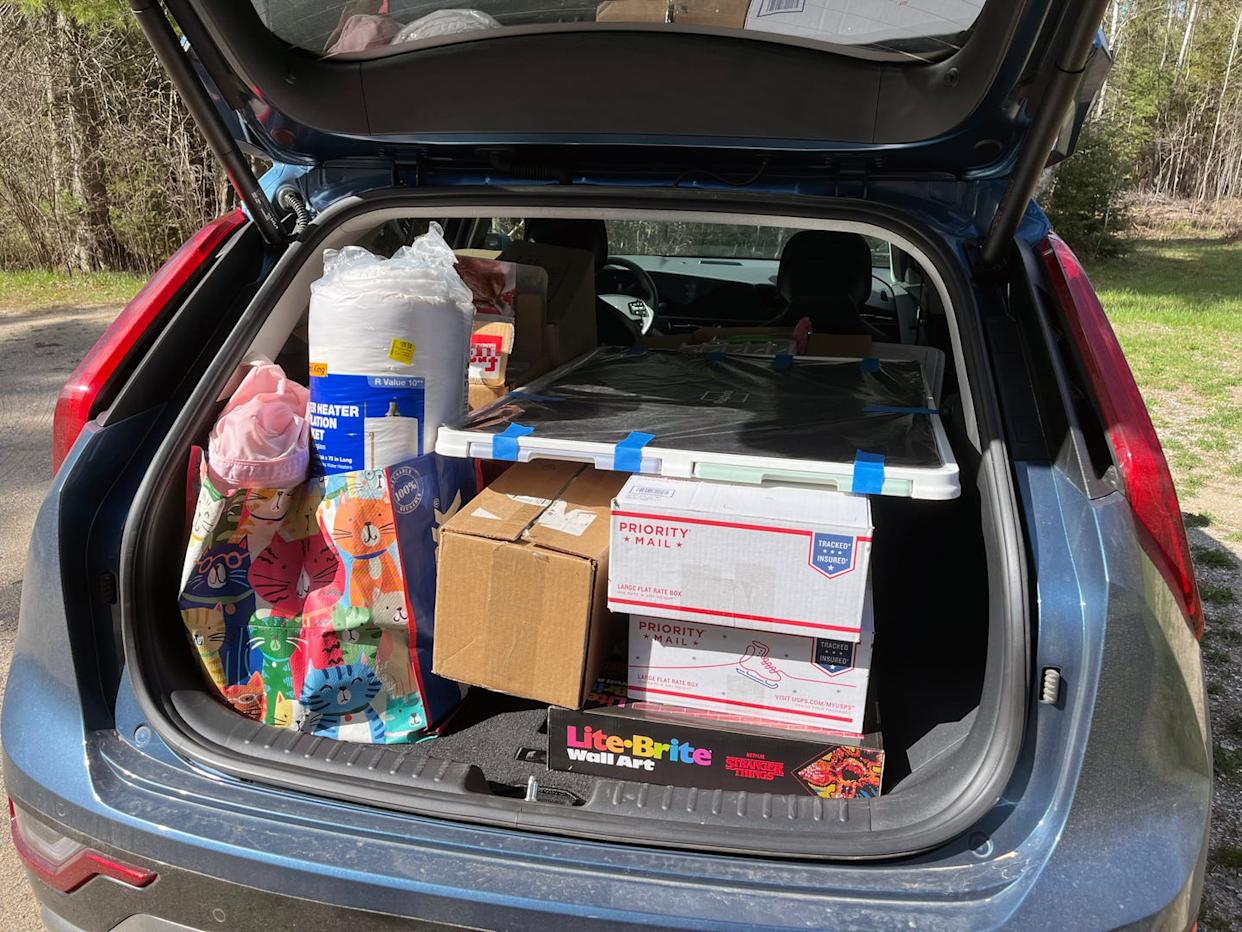
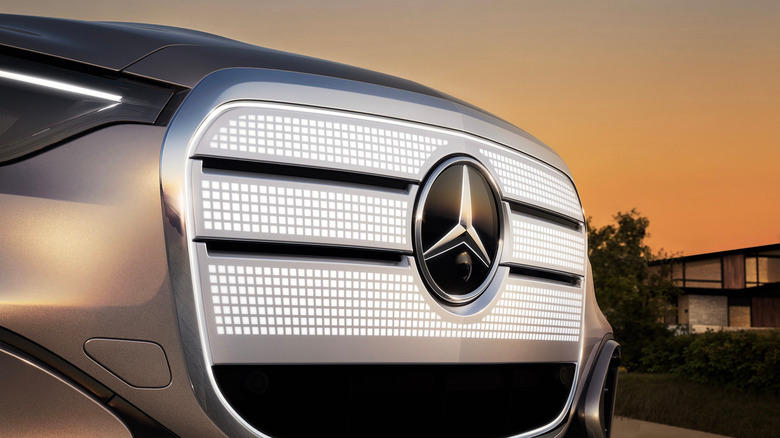

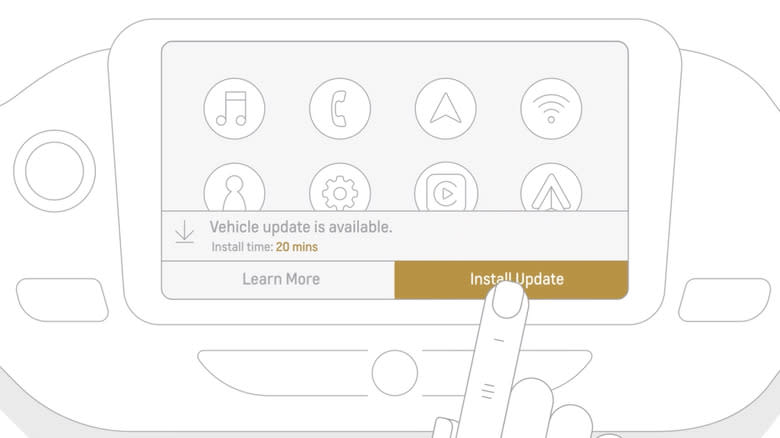
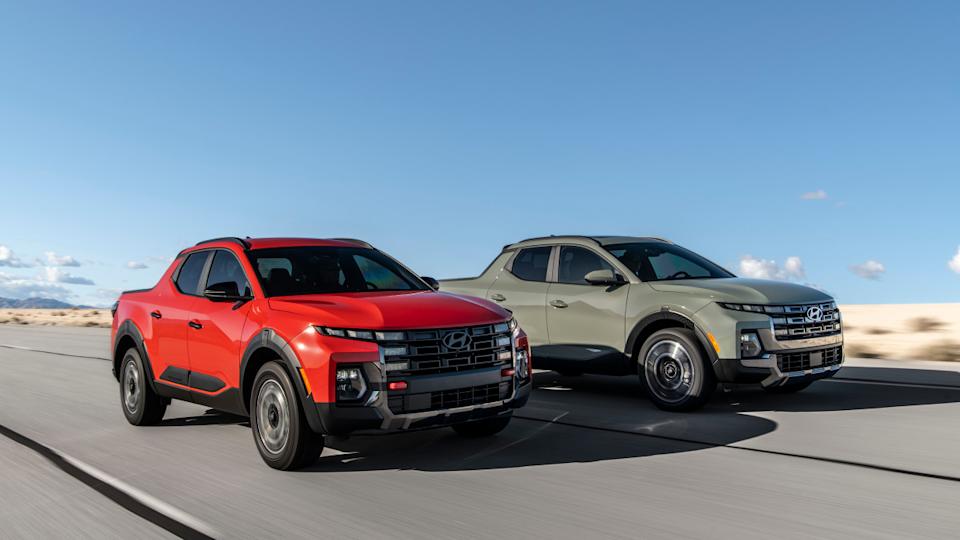
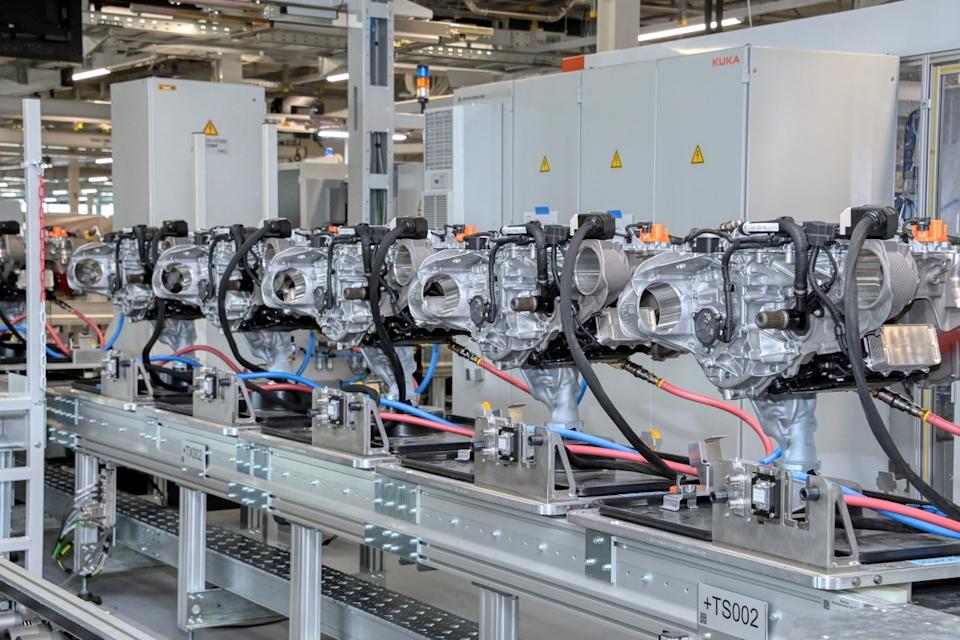
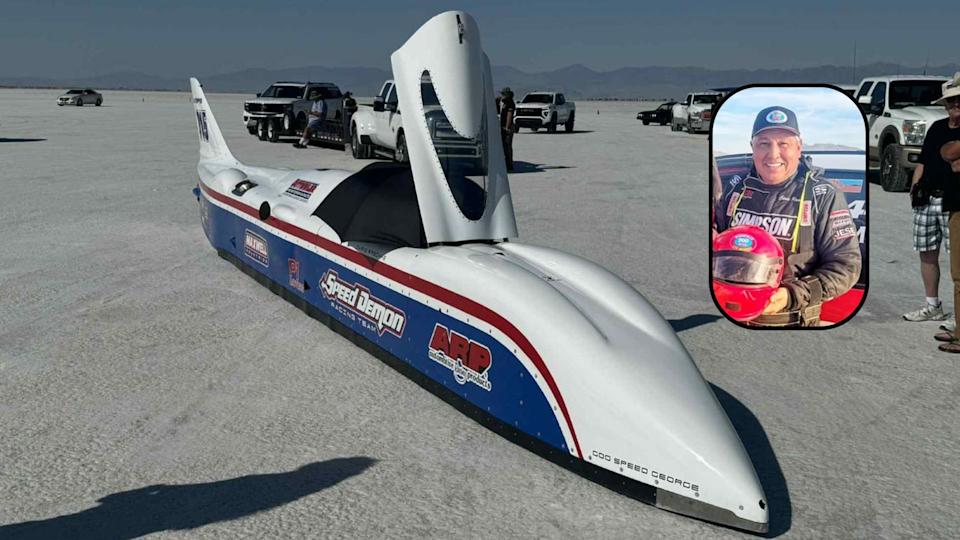
Comments